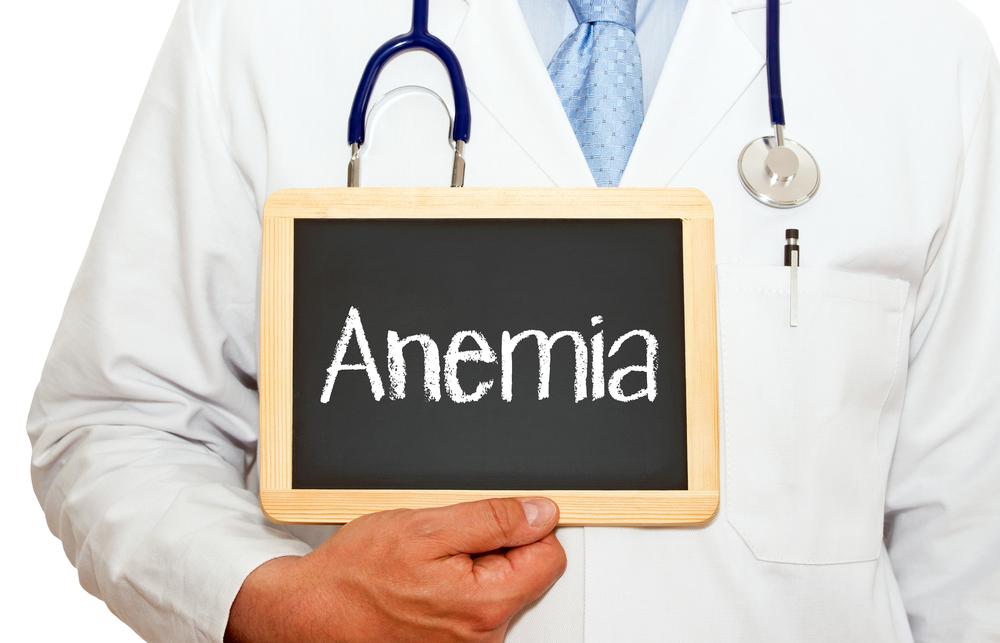
Anemia: Types and Symptoms
Anemia is a disease that is the result of a lack of healthy red blood cells. Because of the low level of healthy red blood cells the oxygen flow to the body’s organs is reduced. Symptoms of anemia include fatigue, insomnia, shortness of breath, rapid heartbeat, pale skin, and headache. There are many different causes of anemia, including blood loss, pregnancy, the inability to absorb iron, and not eating enough iron rich foods.
When it comes to treatment for anemia doctors usually recommend taking an iron supplement. If iron supplements don’t help to improve low iron levels the doctor will check for other health problems that could be causing anemia. There are over 400 different types of anemia, here are a few of the main types:
1. Sickle cell anemia
Red blood cells usually have a round shape to them, but with sickle cell anemia the red blood cells are shaped like sickles. This type of anemia is incurable, inherited and can block oxygen and blood flow throughout the body. Symptoms of this disease can include pain, swelling in the hands and feet, anemia, vision problems, delayed growth.
2. Vitamin B12 deficiency
Vitamin B12 deficiency is caused by not getting enough of vitamin B12 in your diet. This vitamin is needed to make healthy red blood cells, so being deficient in vitamin B12 causes anemia. Symptoms of vitamin B12 deficiency anemia are shortness of breath, weakness, and fatigue.
3. Iron deficiency anemia
This is one of the most common causes of anemia. It occurs when there aren’t enough healthy red blood cells in the body. Some causes of this may include blood loss, lack of iron in the diet, and pregnancy. Symptoms can include dizziness, rapid heartbeat, fatigue, and shortness of breath.
4. Aplastic anemia
This condition occurs as a result of damaged bone marrow. Bone marrow can become damaged from chemotherapy treatments, exposure to toxins, drugs, infections, and pregnancy. Symptoms of aplastic anemia include nosebleeds, headache, skin rash, fatigue, infections, easy bruising and rapid heartbeat.
5. Hemolytic anemia
It’s not always easy for doctors to diagnose the exact cause of hemolytic anemia. Medications and other diseases, such as tumors, lupus, hepatitis, E. coli, leukemia, and lymphoma could be causes. Hemolytic anemia can be curable and symptoms of this illness can include fatigue, fever, weakness, lightheadedness, confusion, and paleness of the skin. More severe signs are an enlarged spleen, heart murmur, jaundice, enlarged liver, and increased heart rate.
6. Pernicious anemia
Pernicious anemia is connected to the vitamin B anemias and is caused by the inability to absorb vitamin B12. Pernicious anemia is treatable by getting injections or taking supplements. If left untreated, there can be serious complications. Symptoms of this anemia are chest pain, headaches, weakness, nausea and vomiting, heartburn, and constipation.



